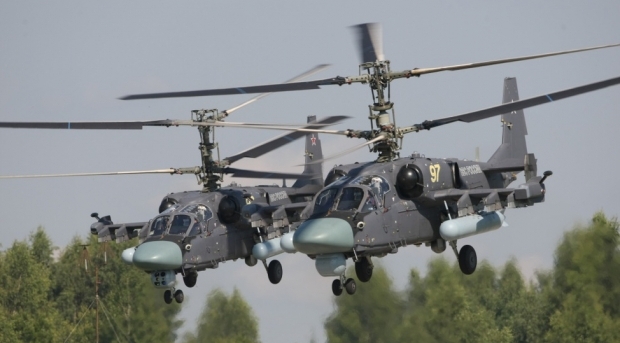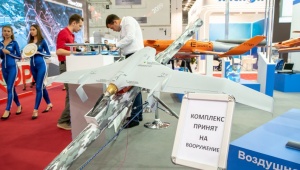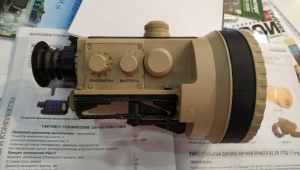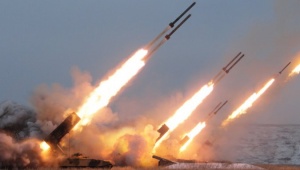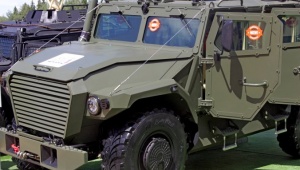"One of the reasons why Ka-52 and Ka-52K have no automated blade-folding equipment is the use of Pomir catapult system. When activated, the system first ejects the cockpit window and blades, and then Ė pilot seats", added Mikhail Pestrakov, an airspace expert.
According to an anonymous expert in aircraft engines, American helicopters are all staffed with electronics that requires hangar storage. "The weather effect and rapid temperature changes can seriously affect serviceability of helicopters stored outside", he added.
Although manual blade-folding requires more time, personnel, and pre-flight inspections, the failure risk is considerably mitigated, added the engineer.It the patent application RU2410287 dated October 19, 2009, Kamov designers say that "manual approach relieves from the complicated and heavy-weight folding mechanisms, and retainers (23) reduce loads in the helicopter control system when the blades are folded".
In Russia, blade-folding systems for the first time were applied on the Ka-52K Katran ship-based version designed for Mistral-class landing ships.
The automatic blade-folding mechanism was a component of Soviet Ka-25 deck-based antisubmarine helicopters. Later on, its upgraded versions Ka-27 and Ka-29, currently operated by the Russian Navy, have preserved the blade-folding capability, though mechanical one.














